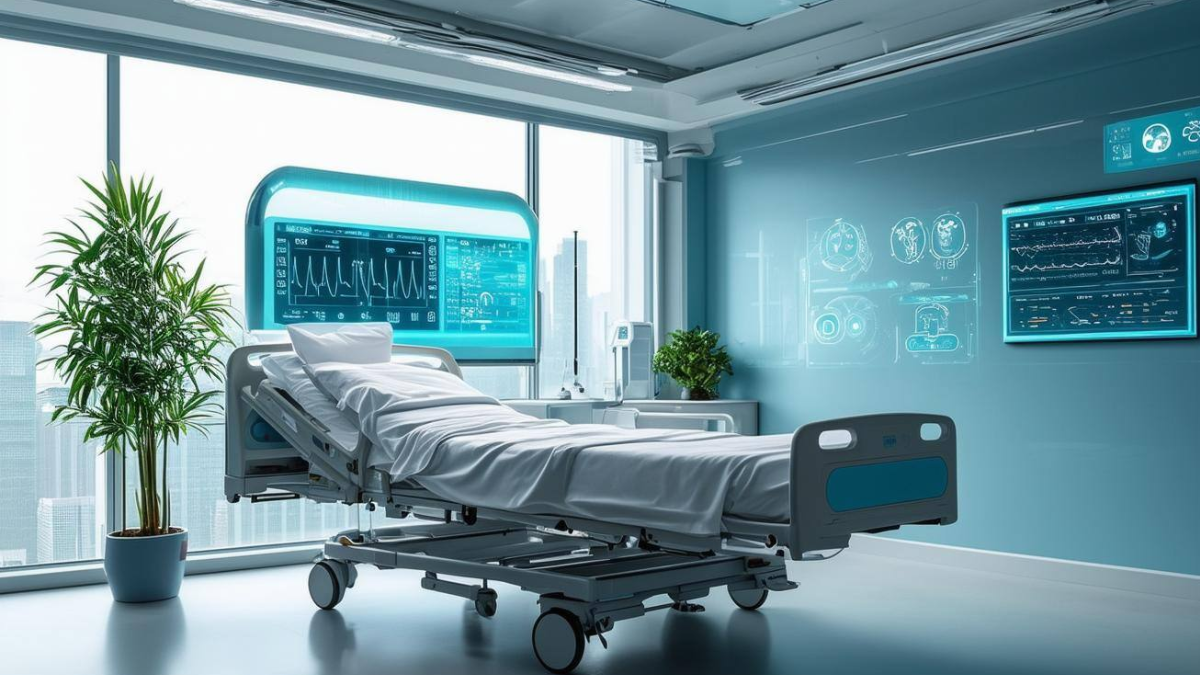Introduction
In 2025, hospitals are redefining patient experience by focusing on comfort, convenience, personalized care, and technological innovation. Patient experience is no longer limited to clinical outcomes; it encompasses every interaction patients have with the healthcare system, from scheduling appointments to post-treatment follow-up. Hospitals are integrating modern technology, patient-centered services, and wellness-focused approaches to enhance satisfaction, safety, and overall healthcare quality.
The Importance of Patient Experience
Patient experience affects treatment outcomes, patient loyalty, and hospital reputation. Positive experiences encourage patients to adhere to medical advice, return for follow-ups, and recommend the hospital to others. In an era of healthcare transparency, hospitals prioritize experience as much as clinical excellence.
Digital Transformation in Patient Care
Hospitals are embracing digital solutions to improve communication, reduce wait times, and provide convenient services.
Online Appointment Scheduling
Patients can book appointments, receive reminders, and reschedule through mobile apps and hospital portals, reducing administrative delays.
Electronic Health Records (EHR)
EHR systems provide seamless access to patient history, lab results, and treatment plans, improving care coordination and reducing errors.
Telemedicine and Remote Monitoring
Virtual consultations, remote monitoring devices, and wearable health tech allow continuous care for chronic conditions and post-discharge follow-up without frequent hospital visits.
Personalized Patient Care
Hospitals are tailoring care to individual patient needs, preferences, and medical history.
Custom Treatment Plans
Doctors create treatment strategies based on genetic, lifestyle, and health data, ensuring precise interventions and faster recovery.
Patient Preferences and Comfort
Hospitals are focusing on room personalization, meal preferences, and flexible visiting hours to improve patient satisfaction.
Enhancing Communication and Transparency
Clear communication builds trust and reduces patient anxiety. Hospitals use technology and training programs to improve communication between staff and patients.
Digital Communication Platforms
Secure messaging apps and portals enable patients to communicate with healthcare providers, access lab results, and ask questions anytime.
Real-Time Updates
Patients and families receive updates on procedures, waiting times, and care progress, improving transparency and reducing stress.
Advanced Facility Design and Amenities
Hospitals are investing in patient-friendly infrastructure that promotes healing and comfort.
Healing Environments
Natural lighting, quiet spaces, greenery, and aesthetically designed interiors create a therapeutic environment.
Smart Rooms
Rooms equipped with touchless controls, entertainment systems, and health monitoring devices improve convenience and comfort.
Patient Engagement and Education
Hospitals are empowering patients with knowledge to actively participate in their care.
Health Education Programs
Interactive workshops, digital tutorials, and counseling sessions help patients understand their conditions and treatment options.
Wellness and Lifestyle Initiatives
Programs focused on nutrition, exercise, and mental well-being support preventive care and long-term health management.
Streamlined Billing and Insurance Processes
Hospitals are simplifying financial processes to enhance the patient experience.
Transparent Billing Systems
Patients receive detailed breakdowns of costs, reducing confusion and stress.
Integration with Insurance
Hospitals coordinate with insurers to minimize out-of-pocket expenses and streamline claims processing.
Leveraging AI and Data Analytics
Artificial intelligence and data analytics help hospitals predict patient needs, optimize care, and prevent complications.
Predictive Analytics
AI identifies high-risk patients, allowing early intervention and personalized care.
AI Chatbots
Chatbots assist with scheduling, inquiries, and patient support, providing quick responses and improving accessibility.
Feedback Mechanisms and Continuous Improvement
Hospitals actively seek patient feedback to improve services and experiences.
Patient Surveys
Regular surveys and feedback forms help identify gaps in care and service.
Service Improvement Programs
Hospitals implement changes based on patient feedback, from staff training to facility upgrades.
Challenges in Transforming Patient Experience
- High costs of technology and facility upgrades
- Ensuring equitable access for all patients
- Training staff for new digital and patient-centered systems
- Maintaining privacy and data security
Hospitals must balance innovation with accessibility and compliance to provide consistently high-quality experiences.
The Future of Patient Experience
By 2025 and beyond, patient experience will continue to evolve with trends such as:
- Greater use of virtual reality for patient education and pain management
- AI-driven personalized care pathways
- Expansion of home-based and remote healthcare
- Integration of wellness and preventive care into hospital services
- Seamless, connected healthcare ecosystems
Hospitals that embrace these innovations will set new standards for patient satisfaction and care quality.
Conclusion
Hospitals in 2025 are transforming patient experience through technology, personalized care, enhanced communication, and patient-focused amenities. By prioritizing convenience, comfort, and engagement, hospitals are creating a healthcare environment that not only treats illness but also supports overall well-being. As patient expectations rise, hospitals that innovate and listen to patient needs will lead the future of healthcare excellence.
FAQs
1. How are hospitals using technology to improve patient experience?
Hospitals use EHRs, telemedicine, wearable devices, AI, and digital communication tools to streamline care and enhance convenience.
2. What is personalized patient care?
Personalized care tailors treatment plans, services, and amenities based on individual patient needs, preferences, and medical history.
3. How do hospitals ensure clear communication with patients?
Through digital platforms, real-time updates, staff training, and interactive counseling, hospitals improve transparency and patient understanding.
4. How are patient feedback mechanisms implemented in hospitals?
Hospitals use surveys, feedback forms, and digital platforms to gather insights and continuously improve services.
5. What role do wellness programs play in patient experience?
Wellness programs promote preventive care, mental health, nutrition, and physical activity, enhancing overall patient satisfaction and long-term health.

